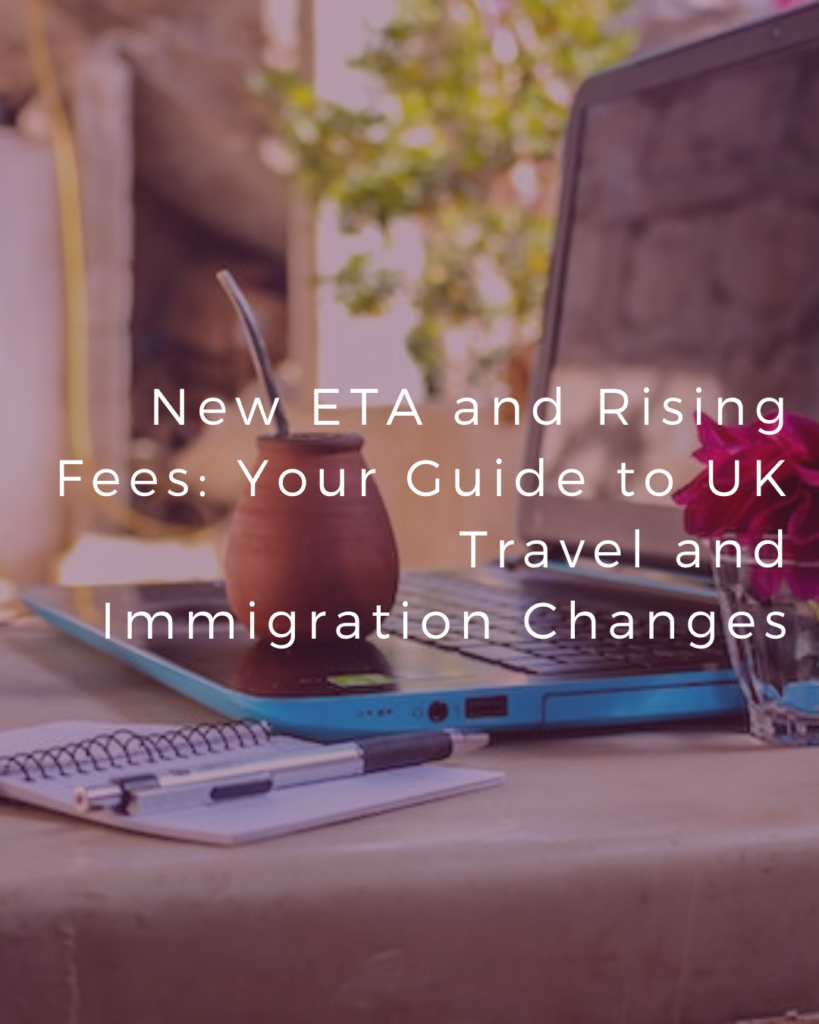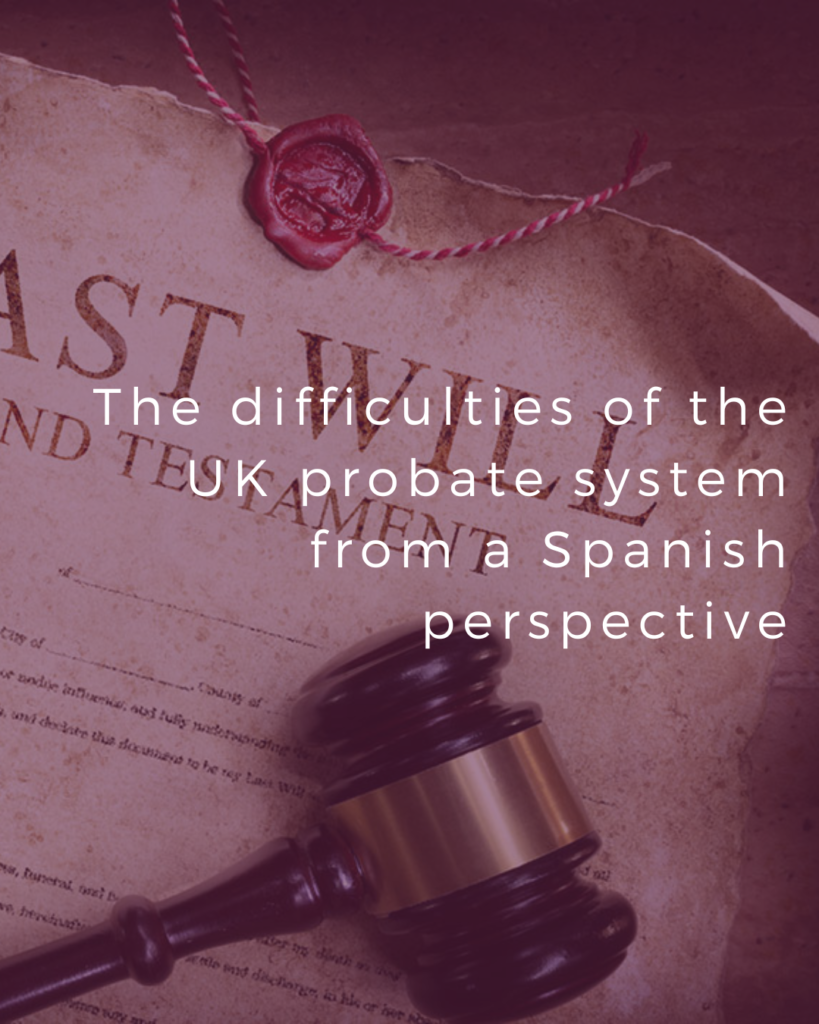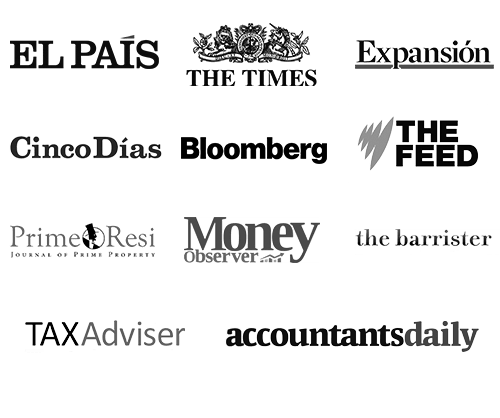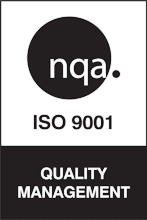A trademark is a mean to identify the goods or services of a particular organisation. By registering a trademark, you can safeguard your intellectual property by law.
Protecting your brand is vital, as misuse can be damaging to your company’s reputation. Registering a trademark and defending it against violations means you can create trust on your goods or services and keep the good name of your business intact.
Why do you register a trademark?
Registering your trademark will give you a greater form of protection, it will grant you the exclusivity of its use. Only you are allowed to use your trademark in the territory in which it is registered.
Unlike passing off, which can be difficult and costly to prove, when a trademark is registered there is no need to prove reputation or, in some instances, the likelihood of confusion.
Trademarks also have a value. When registered you can sell it, licence it, franchise it, or mortgage it. It is part of your Intellectual Property Portfolio and adds value to your organisation.
How do you register a trademark?
An application should be made to the government’s Intellectual Property Office. This can be done online or by post.
To qualify, it must be possible to show the trademark graphically. As well as being a name or a visual sign, shape or colour it can also be a sound or a smell.
It must also be distinctive and should not use words that simply describe what it is, such as ‘dog biscuits’.
Before applying, you must check to see if your intended trademark is similar to one that has already been registered, in which case your application will not be successful.
You will also need to select the classes of goods or services in which you wish to register, for example, pet food.
What protection does a trademark offer?
Once your trademark has been registered, it will give you protection in the event that another business attempts to use an identical mark for identical goods and services as well as similar goods and services where it could cause confusion to the consumer.
Similarly, a mark that is similar to yours cannot be used for identical or similar goods and services.
How is a trademark managed?
Once your trademark has been registered, you should display it on all of your goods and services and make it clear that it is an official trademark by adding the ® or ™ symbols.
A trademark needs to be renewed every ten years. An application can be made up to six months before expiry and six months after. Beyond that time, it may be possible to restore the trademark by sending a written request together with a statement explaining why it was not renewed on time.
How do you defend your trademark?
If someone uses a similar sign in an attempt to confuse consumers and take advantage of your reputation, this is a trademark infringement. As well as affecting the good name of your organisation, it can reduce the value of your brand.
You should enforce your rights continuously by displaying your trademark, monitoring it for misuse and taking action against any infringement.
If you discover that someone is using your trademark or a similar mark, you are advised to seek legal advice as soon as possible. Initially, a letter will usually be sent requesting that the other party cease and desist from the infringement.
Your solicitor may be able to negotiate a solution with the other party, with the help of mediation if necessary. If this is not successful, you can make an application to the court.
Possible remedies that the court can order include an injunction preventing the other party from using your trademark, damages to compensate you for any loss and delivery up or disposal of products marked with your trademark.
Can you protect your UK intellectual property abroad?
To protect your trademark in countries other than the UK, you can apply for a European Union trademark EUTM which covers the entire EU or for an International Trademark that covers the 122 territories of the countries that have signed up to The Madrid Protocol. The World Intellectual Property Organisation website has a list of members of the Protocol.
Identification of your trademark in your application should be identical to that in your UK trademark registration and can be made at the same time as your UK application or subsequently.
It is also open to you to apply individually to a country in which you wish to have trademark protection.
Before choosing the territory, you need to have a clear Trademark strategy which will help you to build a powerful brand that aligns with your current and future business goals.
By Mónica Navarro, Ireland Senior Counsel at Del Canto Chambers
Contact Us
Del Canto Chambers is a leading London Chambers specialising in intellectual property, tax, international tax and legal affairs, property law and legal advocacy.
If you would like to speak to an expert about registering or protecting a trademark, please ring us.
To make a no-obligation enquiry, please either call us now on:
+44 2070 430648 or Make An Online Enquiry.
We will come back to you within 24 hours and we will be delighted to help you.







